1. Rest for about 5 minutes before taking a measurement. Even desk work increases the blood pressure on average by about 6 mmHg systolic and 5 mmHg diastolic.
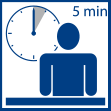
2. Do not ingest any nicotine or coffee up to one hour before taking the measurement.
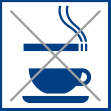
3. Do not measure your blood pressure if you urgently need to urinate. A full bladder can lead to an increase in the blood pressure of about 10 mmHg.

4. Measure your blood pressure on a completely bare upper arm or wrist, and in a comfortable upright seated position. The blood circulation must not be constricted by a rolled-up sleeve, for example.
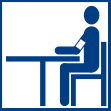
5. If a wrist monitor is used, hold the cuff at heart height during the measuring procedure. The cuff of an upper arm monitor is naturally positioned at the correct height.
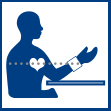
6. Please do not talk or move during the measuring procedure. Talking increases values by about 6 – 7 mmHg.
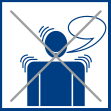
7. Wait at least one minute between two measurements, so that the vessels are relieved from pressure in preparation for a new measurement.
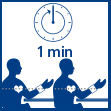
8. Keep track of morning and evening values and all the recent measurements taken. Veroval® blood pressure monitor provide an overview of average measurements and can save 100 readings for 2 users each.
8. Document all measurements with the date, time and medications taken, conveniently and simply with Veroval® medi.connect.
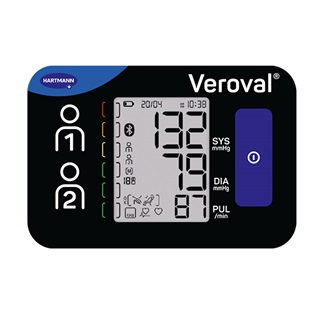
9. Take measurements regularly. Even if your values have improved, you should continue to check them for monitoring purposes.
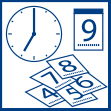
10. Always take measurements at the same time of day. Because a person has about 100,000 different blood pressure values over the course of a day, single measurements are not meaningful. Only regular measurements taken at the same time each day over a longer period of time give a meaningful assessment of blood pressure values.



